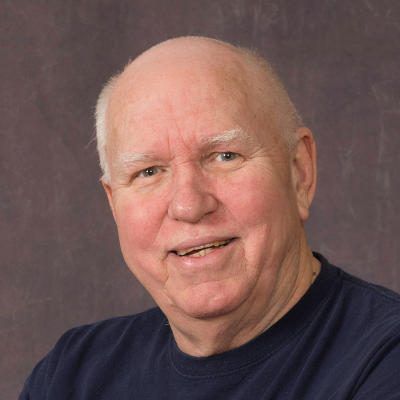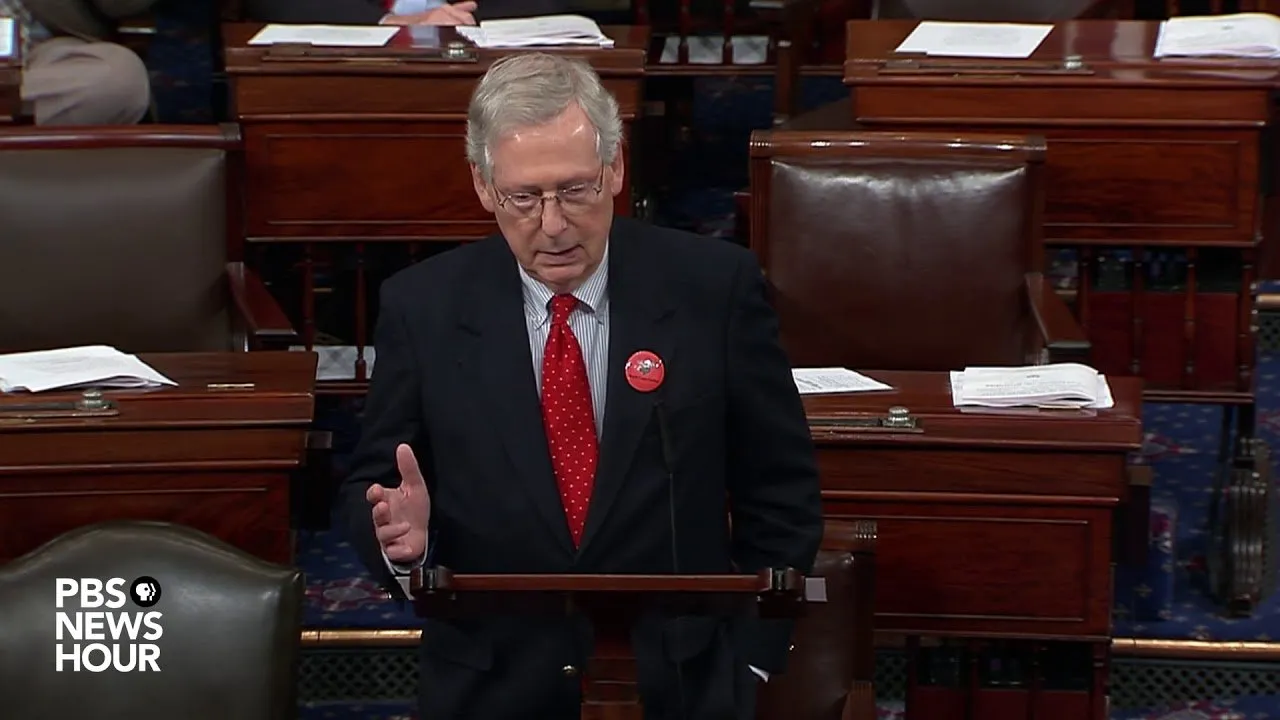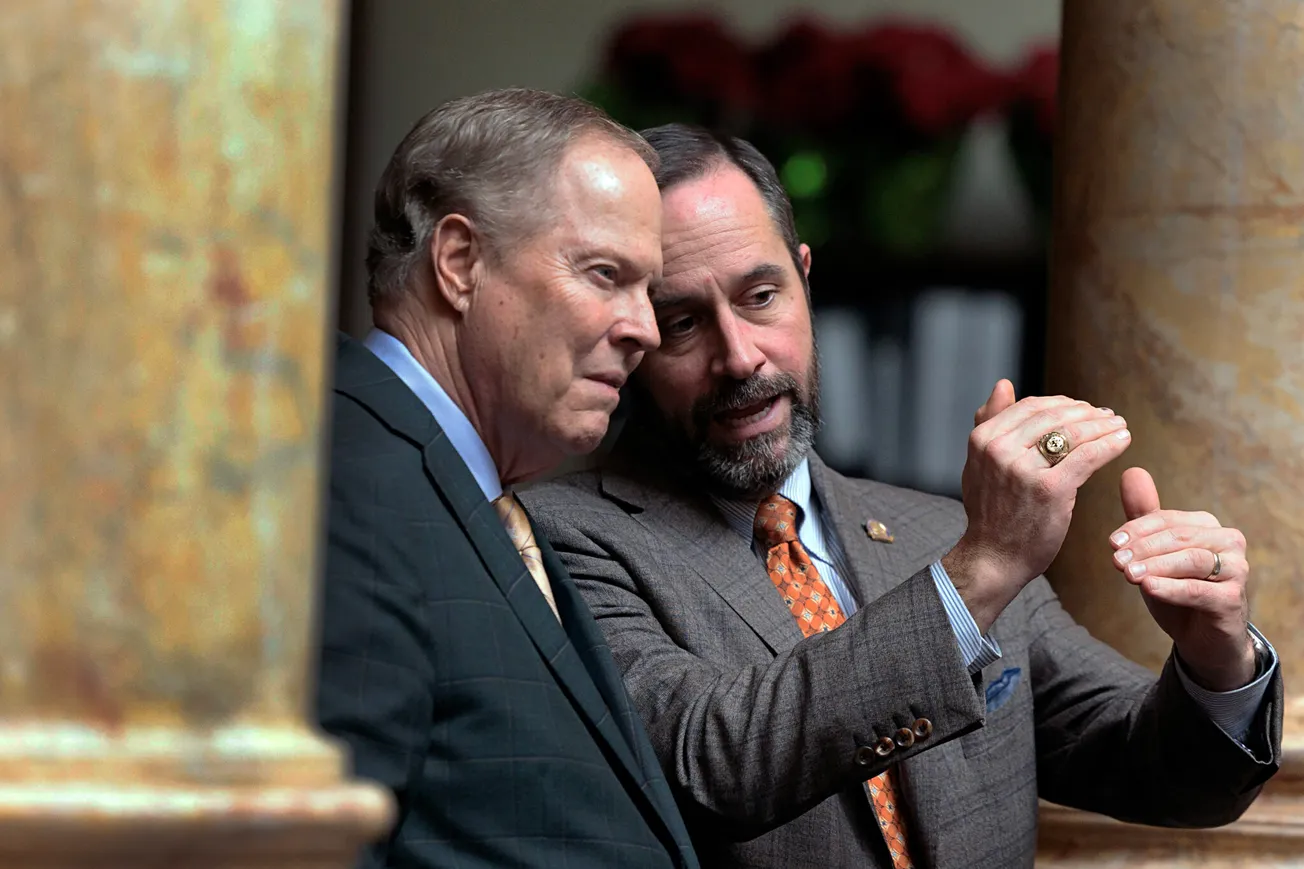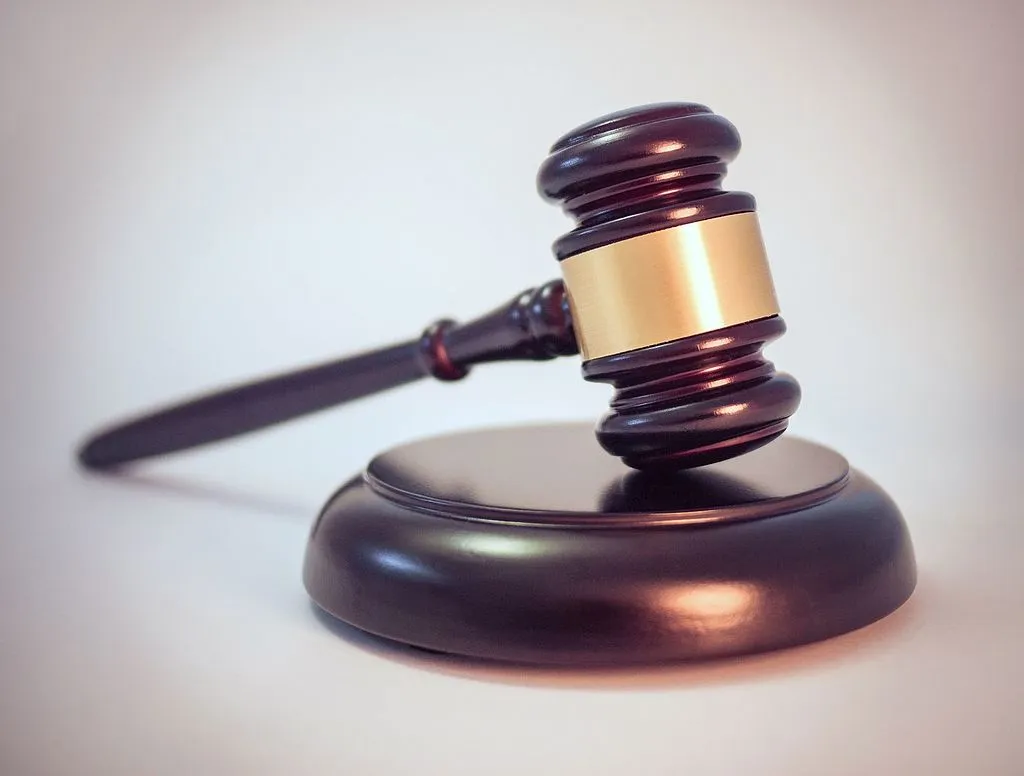Table of Contents
They are the forgotten veterans of Graves County and most other parts of Kentucky.
They played a key role in winning America’s most lethal conflict. Yet no monuments were erected to them in public spaces.
Many of them perished from battle wounds or disease. Many who survived were disabled; several lost limbs.
Though they risked their all for their country, most of their fellow citizens hated them. They frequently cursed and reviled them, sometimes beat them and occasionally murdered them. Their tormentors almost always went unpunished.
“As it did during the [Civil War], African-Americans in Federal uniform provoked extreme ire among whites in the Purchase during Reconstruction,” Patricia Ann Hoskins wrote in The Old First is with the South: The Civil War, Reconstruction, and Memory in the Jackson Purchase Region of Kentucky, her 2008 doctoral dissertation at Auburn University.
The Jackson Purchase was loyal Kentucky’s only Confederate-majority region. Only here did rebels outnumber Yankees, and by a wide margin. (Around 900 Graves Countians donned rebel gray; Union records credit the county with 156 white and 89 black enlistments.)
On the battlefield, black men in blue uniforms enraged Confederate troops and their commanders, who were fighting to establish an independent southern nation rooted in slavery and white supremacy. “The vast majority of Southerners viewed Negro soldiers as rebellious slaves and insisted that they should be treated as such,” wrote historian John Hope Franklin in From Slavery to Freedom: A History of American Negroes.
Black captives often faced return to slavery or even death. African American soldiers were massacred in several places, notably at Fort Pillow, Tennessee in 1864.
Most black soldiers from the Purchase served in the 4th and 8th United States Colored Artillery (Heavy). The 4th helped garrison Columbus and helped battle Confederate raiders and local guerrillas.

The 8th fought in the battle of Paducah on March 25, 1864. The artillerymen helped defend Fort Anderson against Gen. Nathan Bedford Forrest’s troops, many of whom were from the Purchase. Paducah historian John Robertson wrote that the black soldiers probably would have been massacred had the fort fallen.
The New York Times, quoting the Chicago Tribune, reported that before the assault, the Confederates freely boasted “that they would capture the fort and kill every damned n—-r in it.”
Robertson also wrote that after Forrest left Paducah with his army, he found “another opportunity … to impress on the black population the danger of taking up arms against the Confederacy.” The historian meant Fort Pillow, near Memphis, where the massacre occurred on April 12.
All told, Kentucky provided the Union with 23,706 black fighting men, more than any other state except Louisiana. Officially “U.S. Colored Troops,” they were segregated into all-black units led by white officers. (The armed forces weren’t integrated until 1948).
!["Come and Join Us Brothers – recruiting poster (The Supervisory Committee For Recruiting Colored Regiments [Public domain], via <a href="https://commons.wikimedia.org/wiki/File:Come_and_Join_Us_Brothers,_by_the_Supervisory_Committee_For_Recruiting_Colored_Regiments.jpg">Wikimedia Commons</a>)](https://forwardky.com/content/images/wordpress/2019/02/BlackCivilWarSoldiers.jpg)
“Father Abraham” was a hero to Kentucky slaves. But no president was more unpopular among Kentucky whites than Lincoln, who was born near Hodgenville in 1809. When he was elected in 1860, he received just 1,364 votes statewide, none in Graves County. Though reelected in 1864, he lost Kentucky in a landslide.
Blacks who joined up to fight for their freedom and for “dear Old Abe” suffered rampant discrimination in the military. Most white commanders considered blacks inferior soldiers. White soldiers often refused to accept African Americans as comrades-in-arms.
Col. Stephen Hicks, Paducah commander during the battle, changed his mind about back troops afterwards. “Permit me to remark that I have been one of those men who never had much confidence in colored men, but those doubts are now all removed, for they fought as bravely as any troops in the fort,” he said.
Unionist civilians shared Hicks’ assessment of the 8th Artillery men.
“Their bravery is on the tongues of all the loyal men,” the Chicago Tribune reported.
Though Kentucky remained in the Union fold throughout the war, the state became intensely pro-southern afterwards. Ex-Confederates became local heroes, even in Unionist sections of Kentucky.
Fearing retribution from whites, African American veterans tried to maintain low profiles. Few dared to wear their old army uniforms, though in many cases, the government-issued jackets and trousers were the best clothes they had.
When a 4th Artillery veteran wore his uniform on a train at Columbus, two men brutally assaulted him, Hoskins wrote.
“The men ordered the ‘colored boy’ to remove the buttons from his coat. When the former soldier refused they ‘came to blows and from blows the white men used knives rather freely and cut and bruised the colored boy considerably.’ Other freedmen who witnessed the attack followed the white men off the train where they drew the attention of ‘authorities.’ In the ensuing melee, two freedmen were severely wounded.”
Most Kentucky whites refused to accept freed slaves as their social and political equals. They stubbornly, even violently, resisted the Freedman’s Bureau, a Reconstruction era federal agency started to help the former slaves.
A main bureau focus was establishing schools.
Former Unconditional Unionist Congressman Lucian Anderson of Mayfield strongly supported the bureau’s efforts in Graves County. Elected by First District Unionists in 1863, Anderson voted for the 13th Amendment to the Constitution. Ratified in December, 1865, it ended the last vestiges of slavery, which then survived only in Kentucky and Delaware.
In 1867, Anderson, according to Hoskins, “gathered the local freedmen together where they were treated to a ‘sumptuous dinner’ and speeches that helped raise $200 for the erection of a brick school building.”
Soon after they finished eating, 50 Klansman arrived and ordered the teacher to leave town. “They likewise entered the houses of several freedmen and robbed and whipped them,” she wrote.

A footnote: After finishing this story, I asked Mayor Kathy O’Nan to read it and tell me what she thought local African-American Civil War veterans might think of Mayfield today. A retired Mayfield High School American history teacher, she replied:
“As I read these words as a former American history teacher, I am reminded of the cruelty to humans because of the color of their skin that is embedded in our history – yet I am also reminded that the outcome of that horrid war was to bring our nation to where we are today having also in our past the election of an African American president.
“On a more local level, I wish that one of those black men in blue could somehow come face to face with one of Mayfield’s city council members, Derrick Parrott. Perhaps when the soldier served in the 1860’s, he was near to Derrick’s age today. I wish the soldier could have heard the cheers from possible descendants of the olden Mayfield Confederates as they watched Derrick as an outstanding Cardinal athlete in the early 2000’s; I wish that soldier could have seen into the future as Derrick earned a Murray State University diploma, and then as he was sworn in as elected official of the city where Klansmen had robbed and whipped newly freed slaves shortly after the passage of the 13th amendment.
“I wish all of those brave soldiers could have had a crystal ball to see into a future that would hold visions they could never have imagined would become reality – a reality built, in part, on the on their brave actions more than 150 years ago. I think these two young men would have an amazing conversation – one I would love to witness.”
–30–







